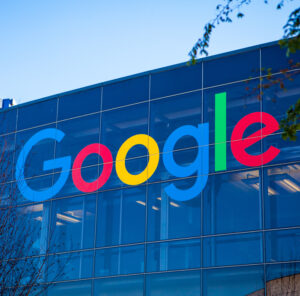Here’s today’s AdExchanger.com news round-up… Want it by email? Sign up here.
Pixel Dust
A network of website pixels, once the ultimate ad platform flex, can now be a liability.
Last week, Meta got dinged by The Markup again, this time for collecting sensitive financial data, including tax filing status, refund amounts and adjusted gross income, from pixels placed on the websites of TaxSlayer and H&R Block, among others. Meta was also in the hot seat in August for allegedly violating HIPAA after obtaining patient information from pixels placed on hospital sites. (The company is now being sued.)
The message is clear that Meta needs to be way more careful about pixel-based data collection – but so do advertisers.
Following The Markup’s revelations, TaxSlayer removed Meta’s pixel from its tax filing sites, and some hospitals have also stopped using the pixel.
Meta, however, is not the only platform with a pixel. TikTok, anyone? But in TikTok’s case, the problem stems from the fact that the data of US citizens is passing through Chinese servers.
There’s still “slight hesitancy” to use the TikTok tracking pixel, Erica Patrick, SVP and director of paid media at Mediahub, tells Marketing Brew.
That hesitation comes in large part from not wanting to be the subject of the next big headline about data impropriety, she said.
Regardless of the reason, advertisers must be more selective about the pixels they use on their websites – and be cognizant of the risks involved.
The Conquest Con
Amazon is known for giving customers what they want. And, apparently, Amazon customers want ads above all else – literally.
The front page of Amazon – what’s visible without having to scroll down – is increasingly being given over entirely to sponsored units.
You might assume that a search for “KitchenAid blender” means that person is in the market for a KitchenAid blender. But, according to Amazon, many of the people who search for “KitchenAid” would actually prefer to see a cost-effective option, and an ad is one way to surface that info.
“This practice is good for customers – it drives discovery and presents them with more choices,” an Amazon spokesperson tells The Washington Post. (Amazon would say that, of course.)
What about a compromise? According to WaPo tech columnist Geoffrey Fowler, one “modest proposal” would be for platforms to commit to keeping at least half the screen – phone or PC – free of ads at any given time.
It’s not hard to imagine how Amazon and Google would respond to that: “LOL.”
Gate Crashers
Google is beta testing a new unit called Rewarded Ad Gate that could be an interesting addition to the publisher paywall toolkit.
The beta program was spotted by a user in a WebmasterWorld forum.
The idea is this: Publishers that don’t paygate content will be able to gain additional value from regular visitors. The Rewarded Ad Gate is triggered upon a person’s fifth site visit per month. The ad prompts a video ad to reopen the site to give free access (or to wait until the following month to restart the page counter).
It’s a neat little ad unit. For one, it’s net new inventory. Once users are back in, the pages still contain the normal ads. And there’s also the inherent value in regular vs. unknown audiences.
Without third-party cookies, publishers can’t easily split their regular readers from one-off visitor traffic. But the Rewarded Ad Gate creates an audience pool consisting entirely of this lucrative segment.
Also, unskippable video inventory is yum yum yum.
But Wait, There’s More!
How a Minecraft influencer is bringing advertisers to the platform. [Digiday]
Why the NFL’s big streaming deal is going into overtime. [NYT]
The FIFA World Cup tops $9 million in national TV advertising spend. [MediaPost]
Mike Shields: Dear Bob. You want to do something big? Bring back the old Hulu. [blog]
How radio DJs are using TikTok to build listenership. [Insider]
The latest on how brands and advertisers are reacting to the new Twitter. [Ad Age]














